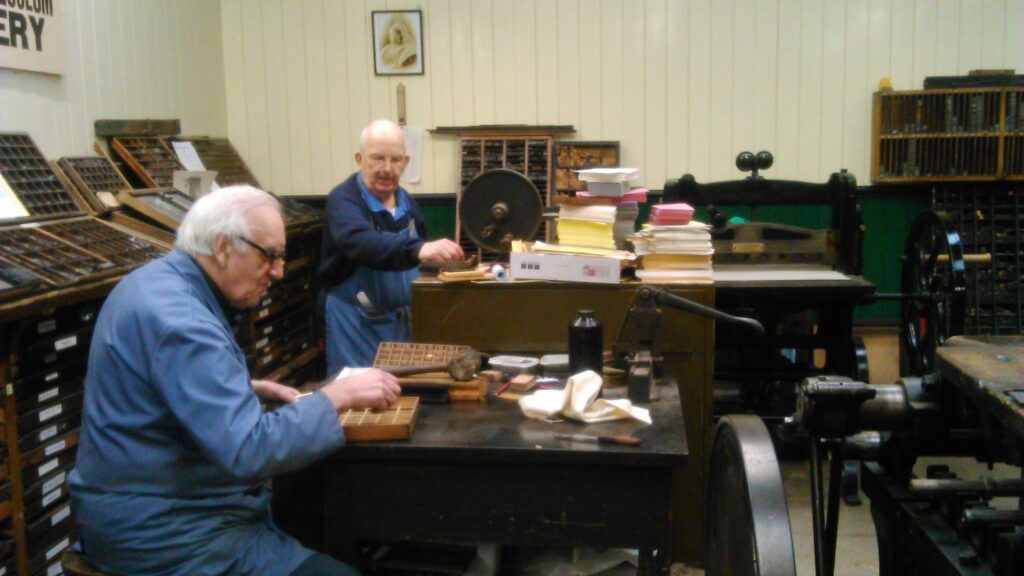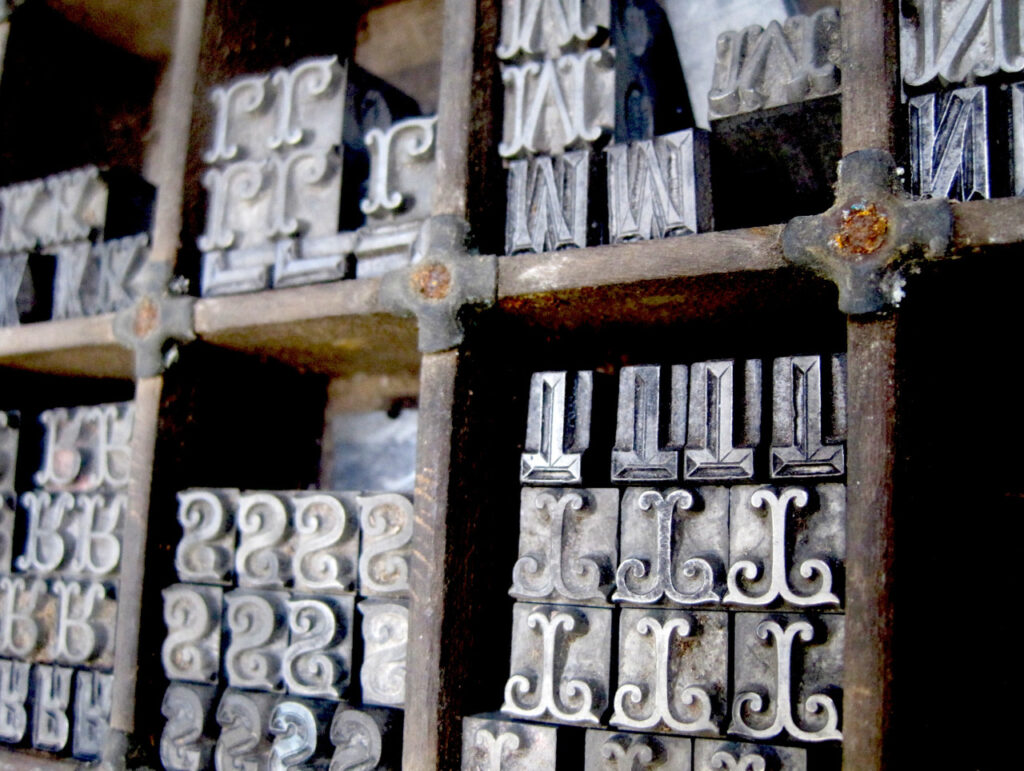Esther, our Community engagement intern has written us another post about some more of the experiences she has had since joining us:
If you read my last post you’ll know that I was pretty pleased with how things were going during the first few months of my community engagement internship at Bradford Industrial Museum . Things have continued this way ever since; with opportunity after opportunity coming my way, my internship has been an enriching learning process throughout.
In January I was lucky enough to go to Istanbul with some of the other interns, Emily (Exhibitions and Curatorial Intern) and Jack (Digital and Print Media Trainee), to take part in an international seminar about youth participation. However there are going to be specific posts from all three of us about our reflections on the trip in the near future so I wont say anymore; you’ll have to come back for another look on 4th May, 1st June and 6th July to hear what we all got up to!
There have also been numerous opportunities to receive training in a range of subjects, from health and safety, and risk assessment with manager Neil Hinchliffe, to exhibition and display training at The Quilt Museum in York, through the Yorkshire Fed. It’s been great to get involved with extra things that directly develop skills and knowledge, and to be supported in doing so by the team I’m working with, who are keen to help me develop and progress.
All of the additional things I’ve been able to be involved with have been great, but I do have to admit that I have a favourite ‘added extra’… On Wednesdays the print gallery at BIM comes to life with the help of three long-standing volunteers.

Donald, Jimmy and Michael all spent their working lives in the letterpress printing industry. Now retired, they spend their time in the print gallery keeping the art of letterpress printing alive. They are some of the most passionate people I’ve ever met, and their knowledge is seemingly unending; all 3 of them spent the first 7 years of their printing lives as apprentices before being allowed to work independently on the workshop floor.
Being a keen bean with a creative background, the idea of being able to work in a functional gallery to learn about traditional processes from people with first hand experience was irresistible. One Wednesday in late November I managed to convince Michael to let me watch and ask questions as he printed some Christmas cards for the volunteers. From here I had to try to convince them all that I was willing to get stuck in, and although it took a while I finally managed to persuade them to let me get my hands dirty.
Almost every Wednesday since has been a day spent in the gallery learning from the printers. My skills have improved rapidly under their instruction and I’m learning all the time. It’s a really full on and tiring day! I’ve finally got to being able to do some types setting, but, as with much of the printing world, this is done backwards and upside down, so there are obviously a few mistakes…

Between the three of then, Donald, Jimmy and Michael have an overwhelming amount of knowledge and I very quickly became aware that it is a resource that the museum will not always have. These are the only three people we know of with these skills and the time to dedicate to the museum. Specialist skills are something that BIM relies on in all of the functioning gallery spaces. Without the people who know about weaving, spinning, steam power and printing the galleries would be static, resulting in a far less engaging learning environment. Don’t get me wrong, all the galleries are full of well-chosen and interpreted objects that interest and intrigue the visitors to the museum. The contents of the printing gallery is a personal favourite; there’s such a range of equipment and so many processes to learn about, and the range of fonts is just mesmerising. However even with my enthusiasm, it would be a far less exciting place to be without the printers to answer questions, provide demonstrations and create a general buzz about the gallery.

It’s so difficult in this time of limited funds to think of a way that the expertise and knowledge we have now can be preserved and passed on. With the gallery functioning only one day a week there is not enough time or consistency for someone to learn all that they need to from the volunteers, and even if there were it would have to be someone who would be willing to do so voluntarily. The same goes for all of our functioning galleries; it is so important that we treasure this specialist knowledge and that we do our best to save it from becoming obsolete. This all sounds pretty dramatic and over the top I’m sure, but then preserving the things is, as a museum, what we’re here for.
I suggest that you get over to the print gallery on a Wednesday sometime soon to see what I mean. Ask some questions, have a chat; you’re guaranteed to learn something or hear a few interesting stories. It may not be a way to do much for improving the longevity of the current situation, but if nothing else, you won’t miss out on meeting three of the most interesting people you can imagine.